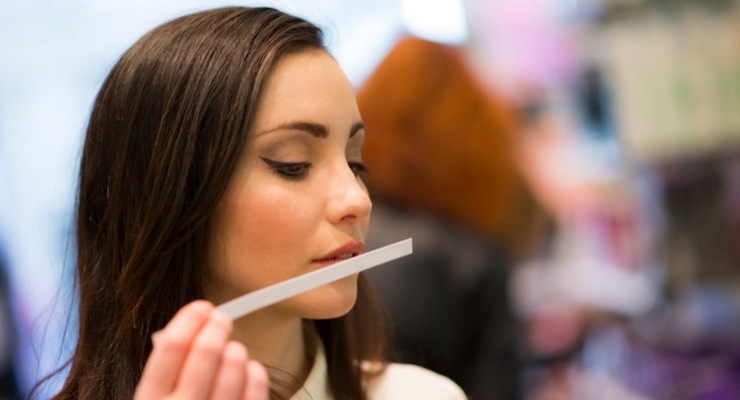
2017-03-01 13:36:09
Fragrance Trends Around the World
2017-03-01 13:36:09

This is an interesting time in the fragrance industry. We’ve seen the digression of celebrity lines, the rise of niche fragrances and the power of social media influencers.
The number of fragrance launches - once in the thousands per year - are now resting in the 300 range. As is the case in most industries today, ours has taken an approach geared toward the natural and planet friendly. So what does that tell us about the global trend market for this coming year?
I think about Chanel No. 5 turning 96 years old this May and what that tells us about our industry. People have always, and will always, want a fragrance that is quality, classic and beautiful. That fine line of success has begun to change shape though. Some have been sharp enough to challenge the norm, for example, Thierry Mugler and his Alien (2005) or more recently, Lancome’s 2012 launch of La Vie Est Belle, which we have seen dominate the global charts the last few seasons.
While these names are attached to major companies, they still go against the grain of the typical olfactory palate. Androgyny is perhaps the newest and most revolutionary trend significant to today’s culture. Although the names joining this movement are growing in size, independent pioneers like Le Labo’s Santal 33 are the true markers.
One thing is for certain: People want something that smells amazing no matter its palate; people want amazing fragrances. If we can accomplish that, success follows.
When reflecting on the main indicators of determining trends globally, we must consider the olfactive landscape of a particular geographic region. Take Spain for example; a fresh landscape surrounded by water. Spaniards play off of their natural surroundings and as a result it is the largest citrus and chypre consumer market. We see fragrances like Eau de Rochas, CK One and Light Blue take spots in the top five as a result of this. (NPD Market Dynamics Study 2015)
A market that features oriental and floral fragrances more heavily is Germany. Neighbored by eight other countries, Germany is a quintessential European country with an eclectic - yet independent - identity. The fragrance preference in Germany embodies a classic sensual and distinguished femininity that accounts for the majority split between floral and oriental scents, and as a result lines like La Ville Est Belle, Black Opium YSL, and Angel are best sellers. Floral best sellers have been Chanel No. 5, Lacoste Pour Femme and Chloe. (NPD Market Dynamics Study 2015)
Countries around the globe certainly have their olfactive identities. What will be interesting this year will be observing how those identities respond to change in product and marketing in the fragrance industry, particularly in the worldwide movement toward natural fragrance.
LinkedIn




